Urgent!Travertine coping cracking/coming apart
mwrede
14 years ago
Featured Answer
Sort by:Oldest
Comments (21)
renovxpt
14 years agomwrede
14 years agoRelated Professionals
Vernon Hills Landscape Architects & Landscape Designers · Apollo Beach Landscape Contractors · Bridgeview Landscape Contractors · Commack Landscape Contractors · Goodlettsville Landscape Contractors · Hurricane Landscape Contractors · Live Oak Landscape Contractors · New Cassel Landscape Contractors · Rosemount Landscape Contractors · Salem Landscape Contractors · Wallingford Landscape Contractors · Carmel Decks, Patios & Outdoor Enclosures · Fairfax Decks, Patios & Outdoor Enclosures · Natick Decks, Patios & Outdoor Enclosures · Reading Decks, Patios & Outdoor Enclosuresrenovxpt
14 years agorenovxpt
14 years agomwrede
14 years agobrentr_gw
14 years agorenovxpt
14 years agomwrede
14 years agomwrede
14 years agointhedrink
14 years agopoolguynj
14 years agointhedrink
14 years agovabeachdesigner
13 years agothejimbar
13 years agothejimbar
13 years agomwrede
9 years agocalhoun9001
9 years agomwrede
9 years agocalhoun9001
9 years agoAqua-Link Pools and Spas
9 years ago
Related Stories

LIFEPolar Vortex: How Houzzers Are Coping With the Storm
Spirits are staying high even as the mercury plunges to new lows. Do any of these firsthand accounts sound familiar?
Full Story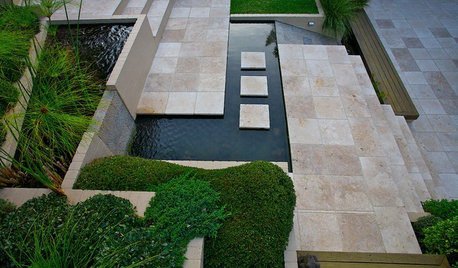
PATIOSLandscape Paving 101: Travertine Keeps Its Cool in Warm Climates
Travertine is a gorgeous paver for a pool surround
Full Story
BASEMENTSBasement of the Week: Apartment-Style Living (and Partying)
With games, a gym and high-end wine storage, this basement is a one-stop space for fun
Full Story
REMODELING GUIDES9 Hard Questions to Ask When Shopping for Stone
Learn all about stone sizes, cracks, color issues and more so problems don't chip away at your design happiness later
Full Story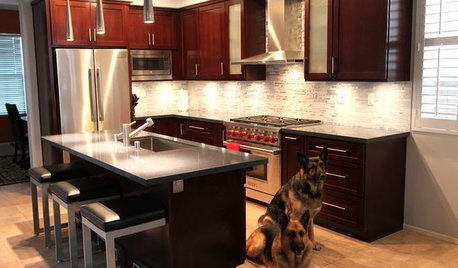
BEFORE AND AFTERSReader Project: California Kitchen Joins the Dark Side
Dark cabinets and countertops replace peeling and cracking all-white versions in this sleek update
Full Story
PETSDealing With Pet Messes: An Animal Lover's Story
Cat and dog hair, tracked-in mud, scratched floors ... see how one pet guardian learned to cope and to focus on the love
Full Story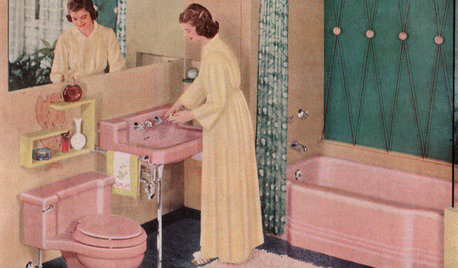
MOST POPULARHomeowners Give the Pink Sink Some Love
When it comes to pastel sinks in a vintage bath, some people love ’em and leave ’em. Would you?
Full Story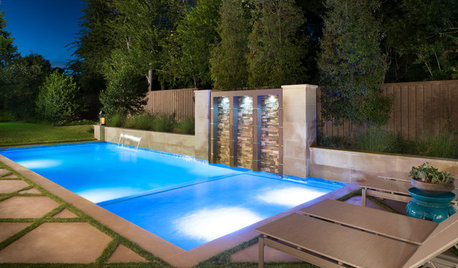
GREAT HOME PROJECTSHow to Replaster (or Remodel) Your Pool
Have an old pool? It could be time to update the plaster, landscaping and more for a pool that works swimmingly with your current style
Full Story
ARCHITECTURE4 Things a Hurricane Teaches You About Good Design
When the power goes out, a home's design can be as important as packaged food and a hand-crank radio. See how from a firsthand account
Full Story
DECORATING GUIDESHow to Savor Your Beautifully Imperfect Home
Hardly anyone escapes home design envy. These strategies can help you appreciate your home for all it offers you right now
Full Story





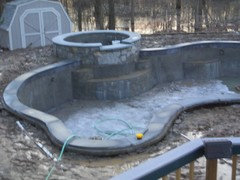
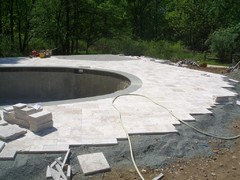


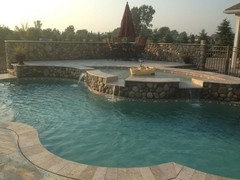
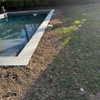
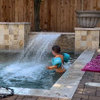
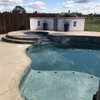
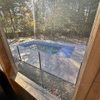
nypoolnovice